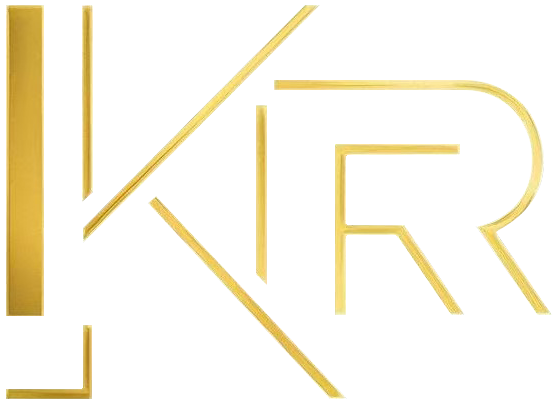Promoting fine waste classification and resource treatment, recycling of disposable paper cups is a demonstration
Release time:
Dec 31,2024
On 10 June 2023, Professor Du Huanzheng, director of the Institute of Ecological Civilisation and Circular Economy of Tongji University, released a research report on the construction of a recycling system for post-consumer disposable paper cups. Surfing News Reporter Zhou Pinglang Figure This is the latest data research results mentioned by Professor Du Huanzheng, Director of the Institute of Ecological Civilisation and Circular Economy of Tongji University, when releasing the Research Report on the Construction of Post-consumption Disposable Paper Cup Recycling System, at the launching ceremony of Green Packaging and Recycling in China, which was held at the World Parlour of Magnolia Plaza, Hongkou, Shanghai, on 10th June 2023, which was held in Shanghai, China. The newest data is based on Huhtam's research report on the construction of a post-consumer disposable paper cup recycling system. This data is based on a sample of Huhtamaki's paper cup recycling pilot project in China. It's hard to deny that, even with the promotion of waste reduction, there are still a large number of occasions in cities where disposable items need to be used, and the possibilities for their recycling and resource utilisation need to be explored. And this study shows that even this small amount of disposable paper cups can give us a glimpse of the huge potential for carbon reduction in everyday urban life. Further, these paper cups, which often appear alongside Netflix coffees and milk teas, are also a breakthrough in the drive to refine waste separation.
Young people linger at an online shop on a summer day in Shanghai, with a paper cup in one hand and a mobile communication device in the other. Surfing News Reporter Zhou Pinglang Figure ‘Garbage classification, right now, is going from 1.0 to 2.0,’ Professor Du Huanzheng mentioned that the rubbish classification done in the past focused on solving the problem of wet and dry separation. In the future, it is necessary to enter the 2.0 version, that is, refined classification, and targeted resourcefulness of the classified products, in categories, steps and scenarios, to build a recycling system for each type of product. For example, the recycling and resourcing of disposable paper cups and disposable plastic packaging boxes need to be promoted step by step. These efforts are both necessary and urgent. Professor Du Huanzheng cited a figure: after the promotion of rubbish classification in Shanghai in 2019, there is still a large amount of disposable packaging consumed from takeaways, express delivery and fast-food restaurants, which account for nearly 60% of the incremental rubbish in Shanghai. There is no doubt that the pilot recycling of paper cups is a good practice.
In addition, this pilot not only fixed-point recycling, but also reflects the reuse after recycling. Professor Du Huanzheng pointed out that recycled products need to have a market, and this kind of recycling and resource utilisation needs to combine economic and social benefits, which can be considered to form personalised customisation, artistic improvement and market landing.
Previous page
Latest News
Contact Us
camaro@keruipack.com
Tel/WhatsApp/WeChat
Address
No.2 Hongqiao Road, Industrial Park, Mamiao Town, Huaining County, Anqing City, Anhui Province, China

